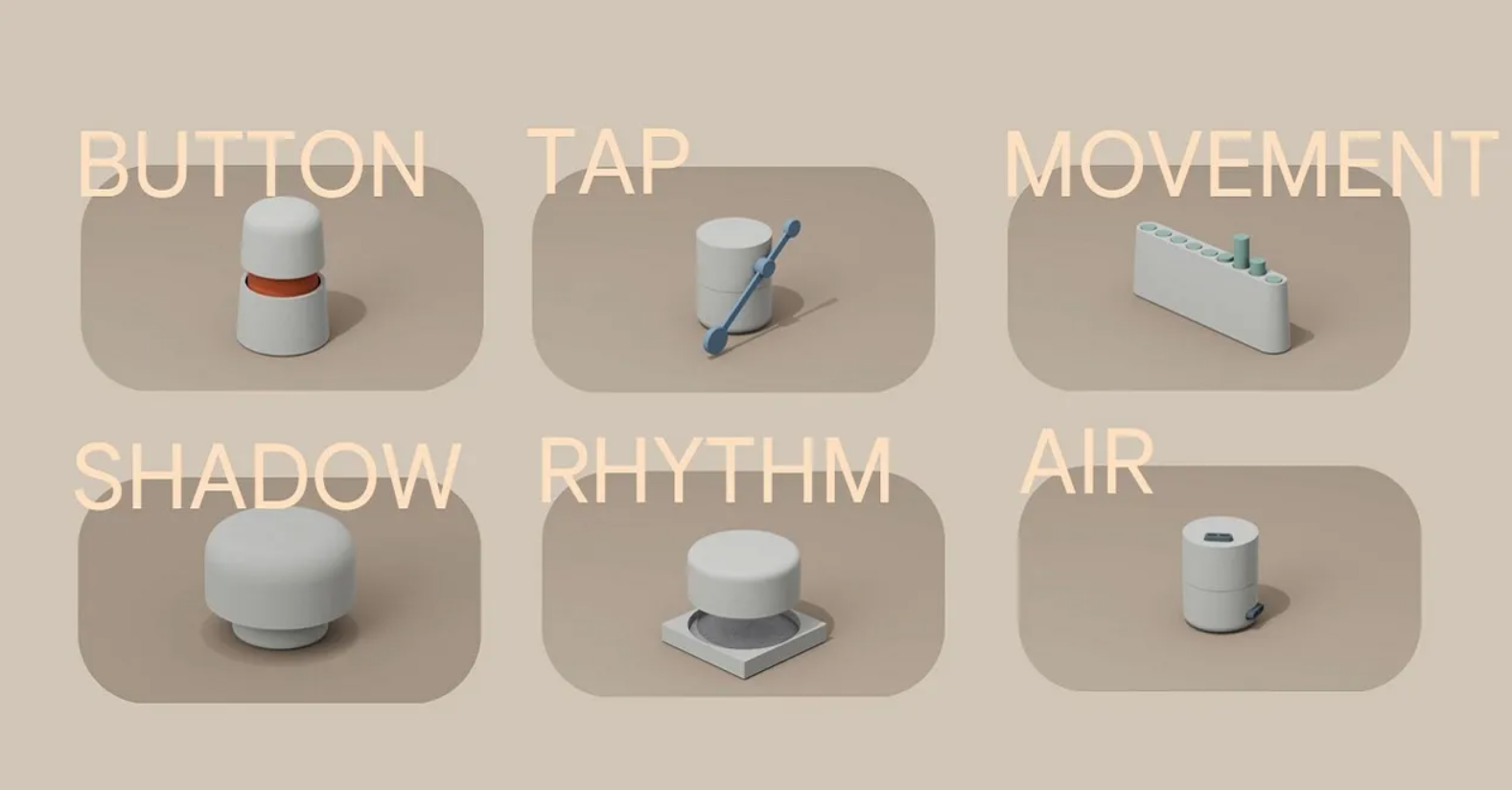- Week 5
- September 12'22

1. Talking with Vikas
I chatted with Vikas about my topic surrounding climate change.
Notes
Figure out entry points towards the topic Transnational issue but within a certain boundary? Tackling denialism is very difficult and not a one-man job. Do possible methods include focus groups and phone surveys? Another angle is to do speculative design and run your own experiments to craft your own narratives. Small experiments can help to let you see problems that aren't talked about before. Example: looking at Singapore maps and see the monsoon wind patterns Play and try? Use final year to explore your design preference Have a particular flavour of design you like. Humour? Methodological? Contradictions?
Target Audience
Be more specific. Possible interventions: Seasonal pollution, find where the issue is most severe, choose if you want to tackle individuals or big companies ( climate issues effect people differently ) Make boundaries; economic, regional, city or parts of a city, certain demographics Use holiday to do interviews, or contact NGO, volunteer etc
↘ Seafood Menu ↘ Cows and Climate change
2. Little Signals — Case Study
Little Signals: Objects for digital Wellbeing Little Signals is a speculative design project that attempts to consider the role of technology in our daily lives. The project created 6 objects that use different patterns of communication that keeps us connected with the digital world and our surrounding, but through subtle notification.
I was interested in this project called Little Signals by Google Experiments because of I haven't seen anything like it before. I really liked the idea that it uses intutive, humanist gestures in order to notify its user. Its sort of like keeping them aware about whats going on, yet not so much so that they feel disrupted in their routines. We are so used to checking out phone every few seconds that we don't think about how intrusive our digital devices are.
2. Little Signals — Experiment
Re-creating the object in class!
The Little Signals project linked a DIY instructables so that people at home could try and make a low-fi version of the objects. I really wanted to try it out and luckily Andreas had all the required parts to make the object! The device is connected to a fan that produces wind according to the weather forecast and it is something that is in the direction of what I want to achieve for my graduation project. I believe it’ll be an interesting experiment as I get to familiarize myself with the technology, process, and codes.

Additional sensors Andreas brought over during class! They are: Water sensor Light sensor Node Distance sensor Mic Speaker
Turns out the experiment is a bit more complicated than I thought so we will continue it next week.
To Do
Tryout different weather API: See API, request for key, give JSON. Good ones usually are very detailed and give instructions Learn about and how Arduino works, learn about how to set up the device.
3.1 Talk by Joe Chung
To what extent does design play a role and to what extent tech plays its role? Would aesthetics have to be compromised for technicality or functionality?
Design is most relevant for defining the project/approach. How did we come up with the idea? How to identify it as a problem? What informs the project, and why it's needed? Tech is the answer, but what’s the story? Get the story across, make believe if needed. Recommends for us to take Sem 1 to LEARN as much as software/learn a new skill to aid his MAKING in Sem 2
3.2 Weekly Roundup
Make Believe!!
Discursive Design 4 field framework Commercial Responsible Experminetal Discursive Research Through Design Outcome: product/proposal An approach to innovating Design Thinking Human-centered This is where our work starts off and goes back and forth between user and product Design Fiction Thinking about what could be in the future Non-product but potentialities Attached to discursive design
To Do: Map out the project in your head, try to find a solution for each branch. Catalogue of making will be due on week 7 Start planning primary research and experiments.